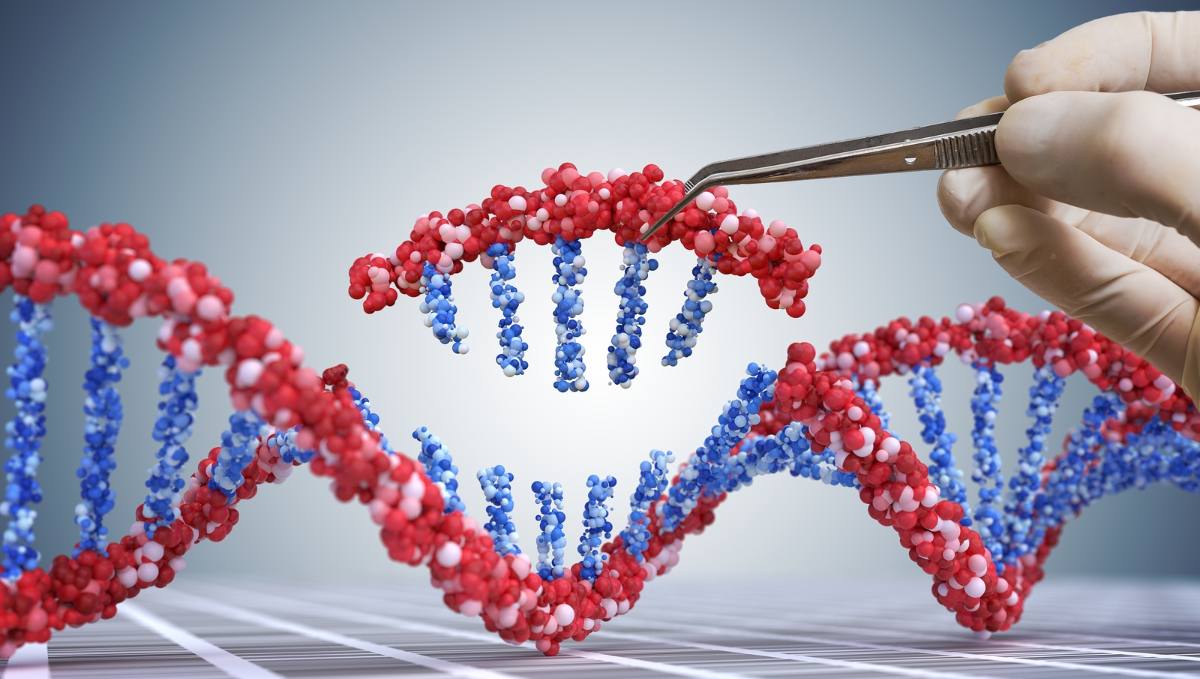
Germline editing may be far from meeting legal standards in US
The risks for a child-to-be are not outweighed by direct benefits
Proposed trials in germline editing – the deliberate modification of genes passed on to children and future generations – would need to meet high legal standards before current bans are lifted in the US. This is highly unlikely, according to bioethicist Jennifer M. Gumer, of Columbia University. She argues in The Hastings Center blog that the risks presented by germline editing for a child-to-be are not outweighed by direct benefits.
Gumer’s analysis was prompted by a recent proposal from Russian scientist Denis Rebrikov to produce gene edited babies. He intends to be the second scientist to edit the human genome, after Chinese researcher He Jiankui.
The recent controversy over CRISPR prompted an informal moratorium on editing human germline cells (sperm, eggs, or embryos). Some claim, however, that CRISPR technology will eventually be safe enough for clinical use on the human germline.
But Gumer believes a proposed germline editing trial is unlikely to meet US legal standards. Germline editing would fall under gene therapy regulations set by the Food and Drug Administration (FDA). When research involves human embryos a Federal law prevents the FDA from approving it.
Gumer highlights Subpart D of the Common Rule. This indicates that research entailing more than a minimal risk must provide a prospect of direct benefit to the child. Minimal risk means that “the probability and magnitude of harm or discomfort anticipated in the research are not greater in and of themselves than those ordinarily encountered in daily life or during the performance of routine physical or psychological examinations or tests”. This sets the bar so high that germline editing is unlikely.
Gumer advances several reasons. First, CRISPR research involves relatively high frequencies of off-target edits (unintended edits to other genes) as well as unsuccessful editing attempts resulting in damaging effects. Second, our lack of understanding of the complexity of the human genome means there may be greater-than-minimal risks associated with germline editing. Finally, even assuming that the technical risks can be resolved, germline editing must be performed in conjunction with IVF, which already has its own risks.
Nic Zumaran writes from Sydney
Creative commons
https://www.bioedge.org/images/2008images/FB_Genetic-Engineering_1_(1).jpg
crispr
germline modification
